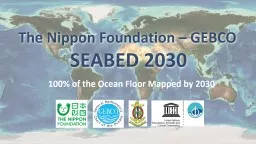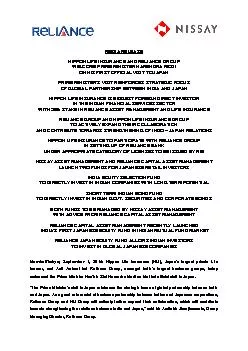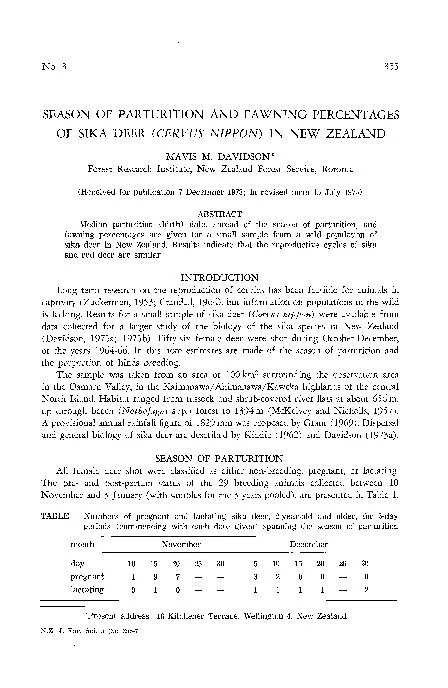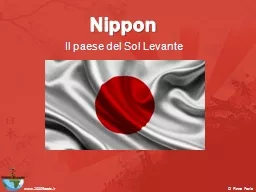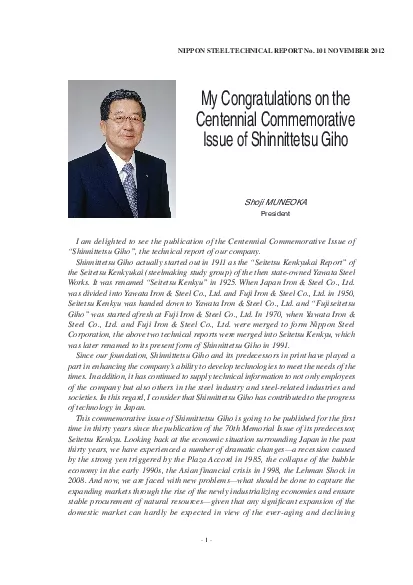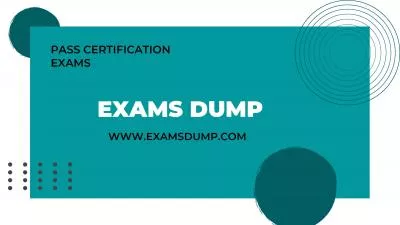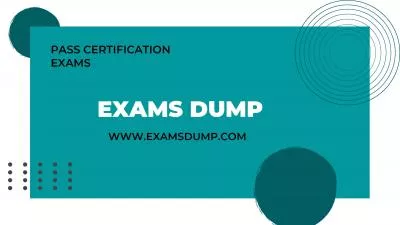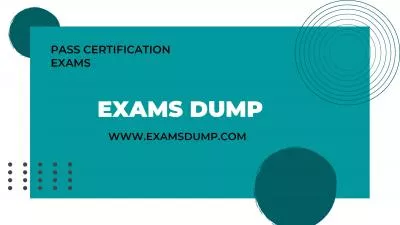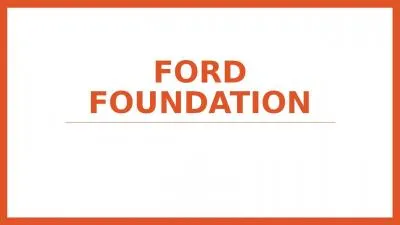PPT-The Nippon Foundation – GEBCO
Author : giovanna-bartolotta | Published Date : 2019-11-26
The Nippon Foundation GEBCO SEABED 2030 100 of the Ocean Floor Mapped by 2030 Seabed 2030 Mission To empower the world to make policy decisions use the ocean sustainably
Presentation Embed Code
Download Presentation
Download Presentation The PPT/PDF document "The Nippon Foundation – GEBCO" is the property of its rightful owner. Permission is granted to download and print the materials on this website for personal, non-commercial use only, and to display it on your personal computer provided you do not modify the materials and that you retain all copyright notices contained in the materials. By downloading content from our website, you accept the terms of this agreement.
The Nippon Foundation – GEBCO: Transcript
Download Rules Of Document
"The Nippon Foundation – GEBCO"The content belongs to its owner. You may download and print it for personal use, without modification, and keep all copyright notices. By downloading, you agree to these terms.
Related Documents

